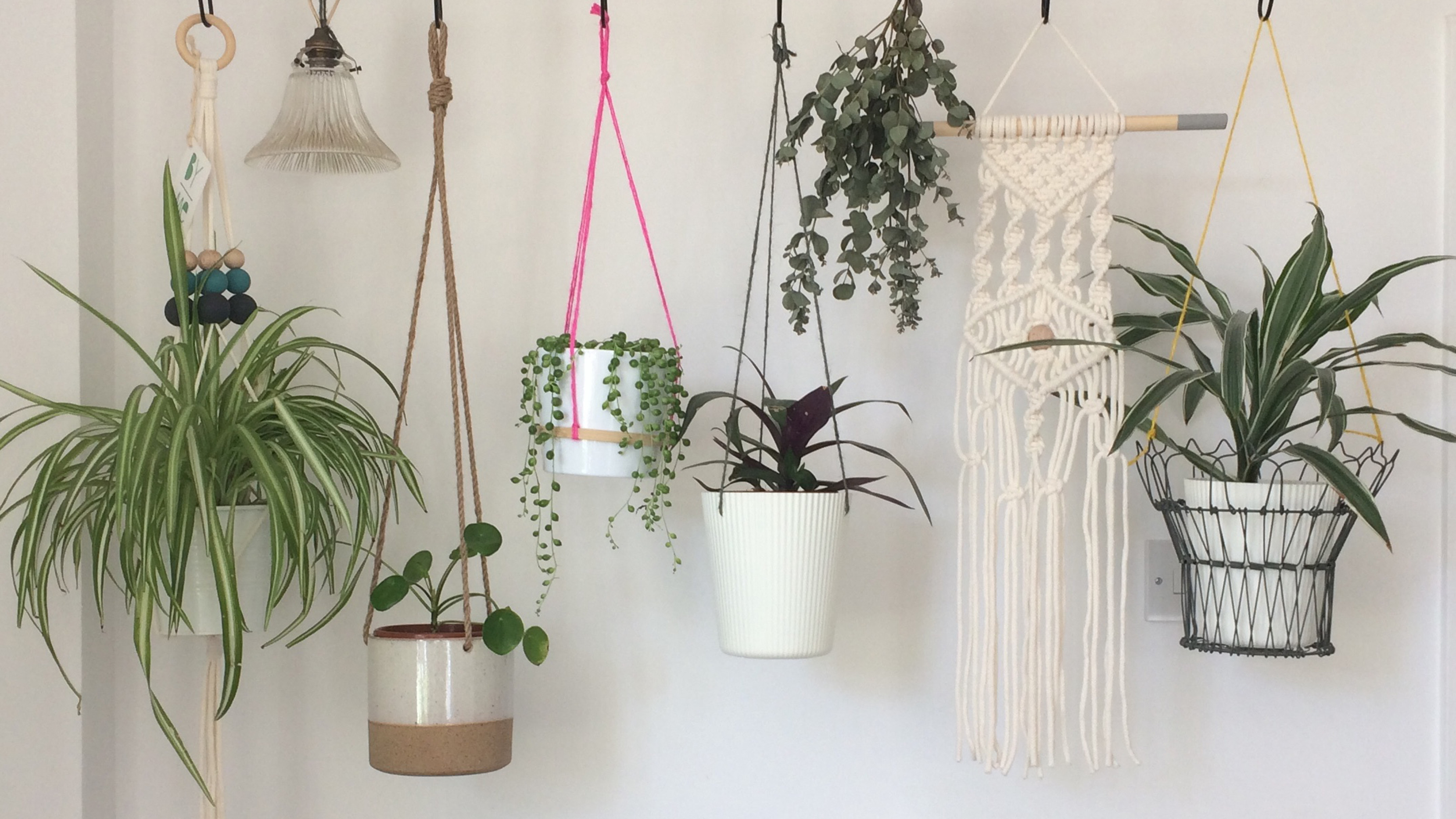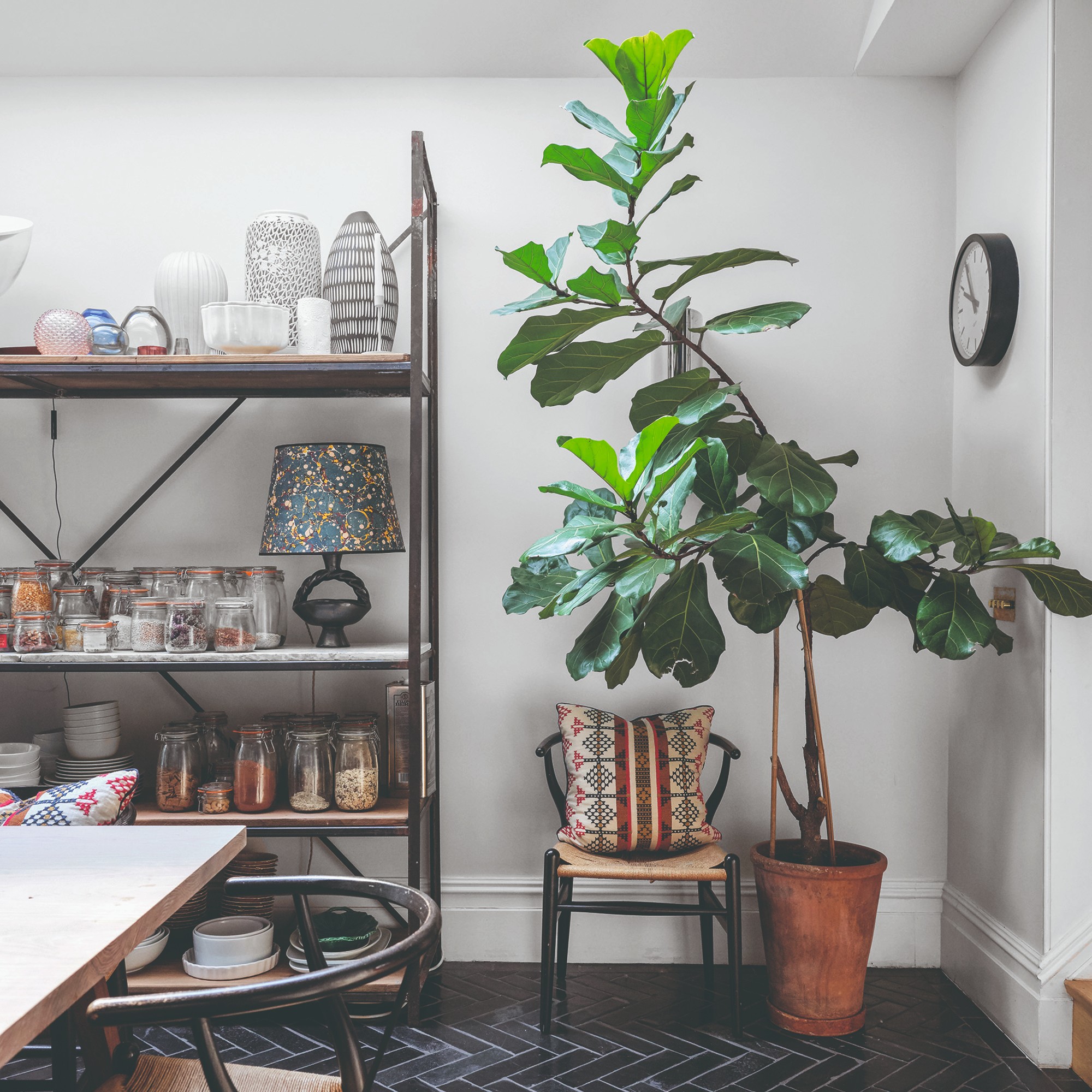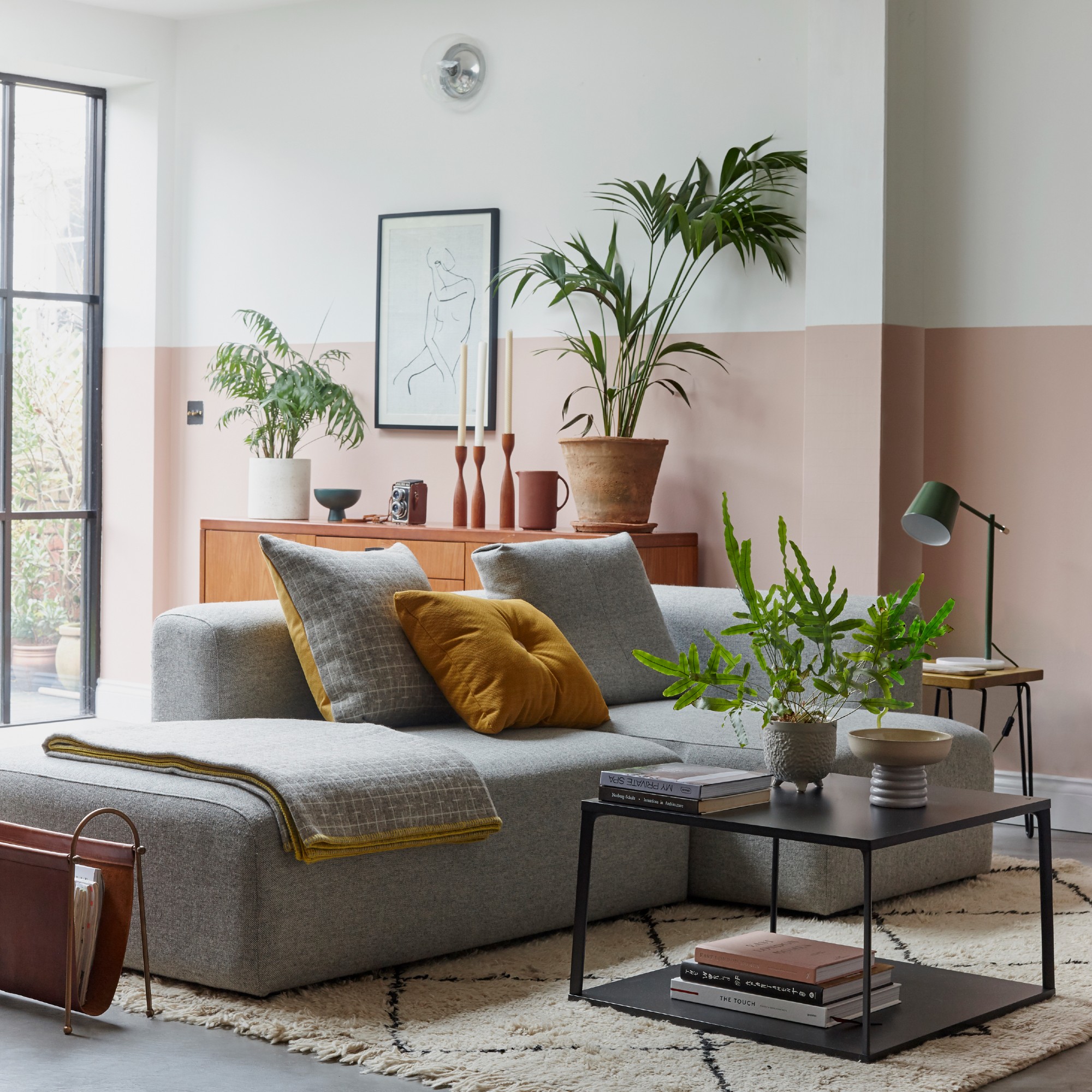When to repot houseplants – experts share the best time of year and what signs to look for
And get ready, the best time is nigh...


Whether you're a crazy plant lady (hello, hi, it's me), or simply have a couple of iffy looking plants dotted around your space, knowing when to repot houseplants will not make only make them stronger and look better, but your home will look that bit more put together, too.
Very soon, your uneven, unwieldy or spindly plants may find a new lease of life and start to resemble some of the best indoor plants around. So, when exactly is this miracle time? Well, it depends both on your individual plant and the time of the year...
When to repot houseplants

Unless you've been forward thinking and purchased basically unkillable houseplants, it's always best to call in the pros for technical questions such as when to repot houseplants, so we've reached out to them for you to break down when you should be tackling this repotting job.
Then, once you've got the time pencilled in, make sure you're swotted up on how to repot houseplants, too.
What time of year should you repot houseplants?

One factor for determining when to repot houseplants is actually the time of year, and the deadline is fast approaching.
'The best time to repot houseplants is typically in the spring, as this is when plants are entering their active growing season,' advises Tom Cook, houseplant buyer at British Garden Centres. 'We recommend from March to May as this provides time for the plants to recover from the stress of being repotted, develop new roots and adjust to their new home.'
'As the light levels are increasing and the air temperature is warming up, your plant will be getting back into active growth after its period of dormancy or rest over winter,' adds Kelly Dyer, plant doctor and horticultural lead at Patch Plants. 'This means it will have the whole of spring through to autumn to put on new roots and shoots.'
Sign up to our newsletter for style inspiration, real homes, project and garden advice and shopping know-how
'However, if a plant is severely root-bound or experiencing other issues, repotting may be necessary regardless of the time of year,' notes Tom. Alternatively, if you've opted for fast-growing houseplants, they may tell you when they need bigger accommodation.
That said, UK weather isn't always the most (ahem) reliable, so you do need to take this into account. 'If the temperatures are still pretty cold where you are then it’s always worth waiting until early summer where there will be increased light and warmth for your plants,' says Chris Bonnett, founder of GardeningExpress.
How do I know if my plant needs repotting?

Of course, not every plant needs repotting every spring and some, as we've mentioned, might need an intervention out of the advised time.
'As a general rule it’s good practice to repot every three years minimum,' says plant doctor Kelly. She outlines a few signs to look for which as your plants way of telling you they need a repot:
- 'If the roots have filled the pot or are coming out the drainage holes at the bottom of the pot'
- 'The roots are pushing the plant out of its existing pot'
- 'If you know your plant hasn’t been repotted for a few years and it has stopped putting on any new growth. This will mean it’s used up all of the nutrients that were originally available in its soil'
- 'If your plant is drying out very quickly or if the soil has gone rock hard and/or contracted in from the edge of the pot,' Kelly concludes.
- 'Another indication is if the water runs straight through the pot when you are watering the plant,' adds Chris from GardeningExpress. 'This means that the root ball is too compact and there is no room for water retention.'
There we have it - you have until early May to repot problem-free houseplants to keep them at their prime, so start looking for new pots to make sure you're ready to go.

Thea Babington-Stitt is the Assistant Editor for Ideal Home. Thea has been working across some of the UK’s leading interiors titles for nearly 10 years.
She started working on these magazines and websites after graduating from City University London with a Masters in Magazine Journalism. Before moving to Ideal Home, Thea was News and Features Editor at Homes & Gardens, LivingEtc and Country Homes & Interiors.